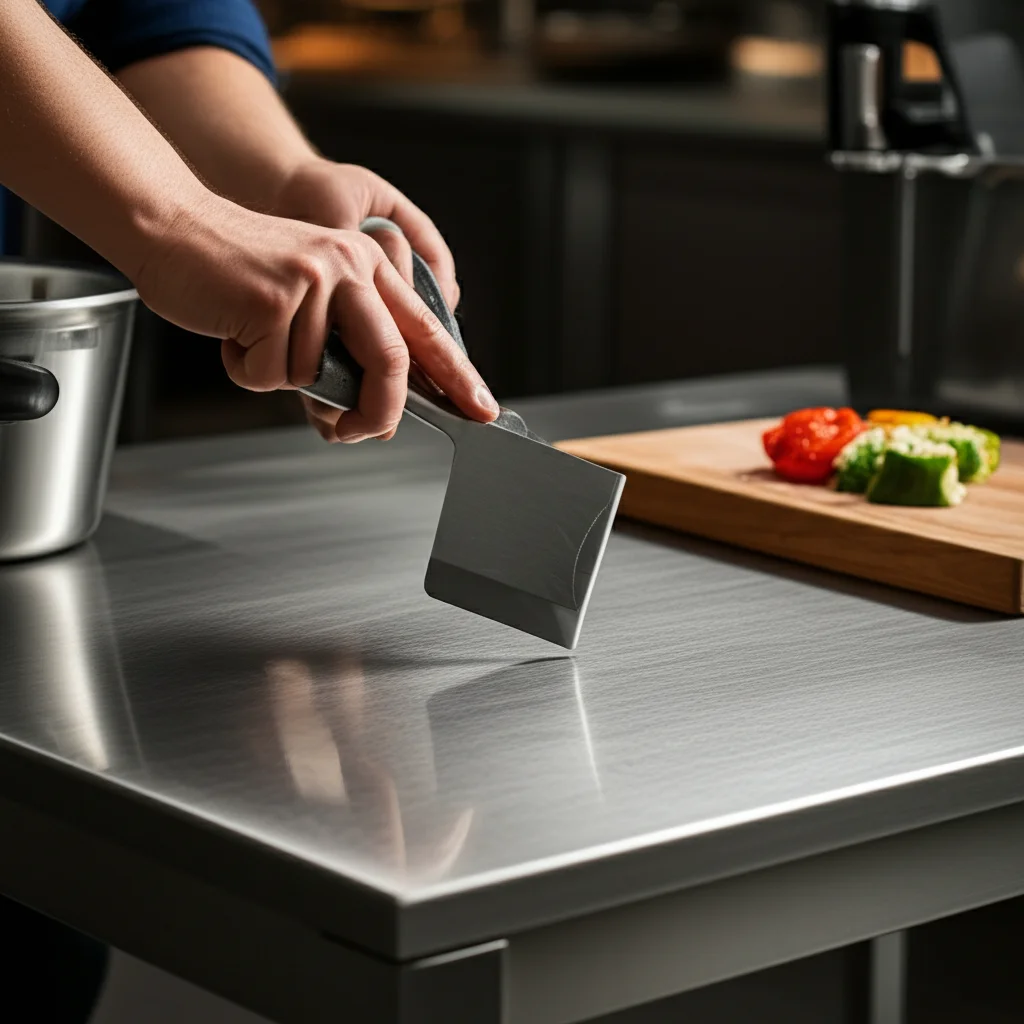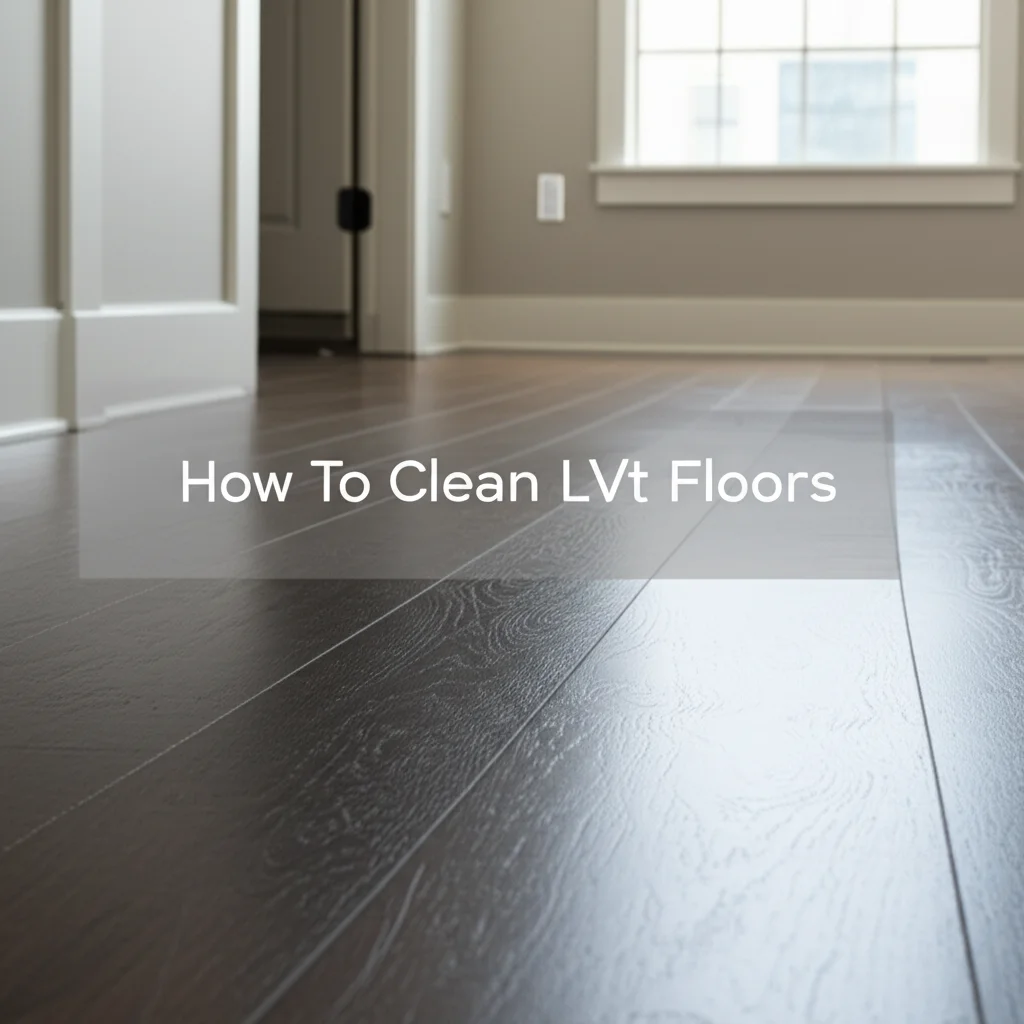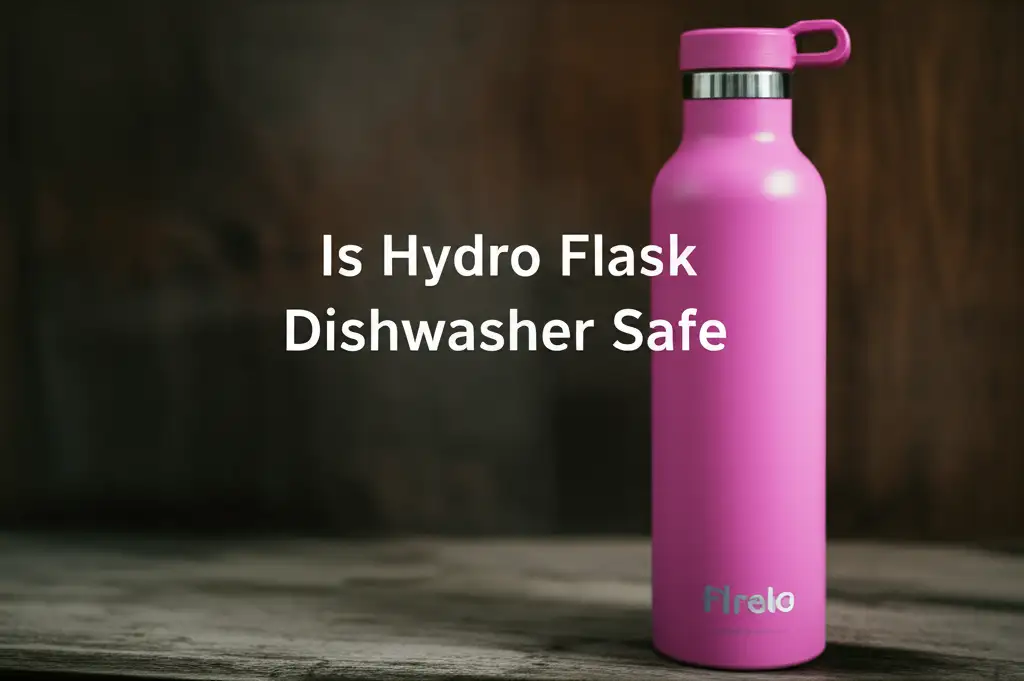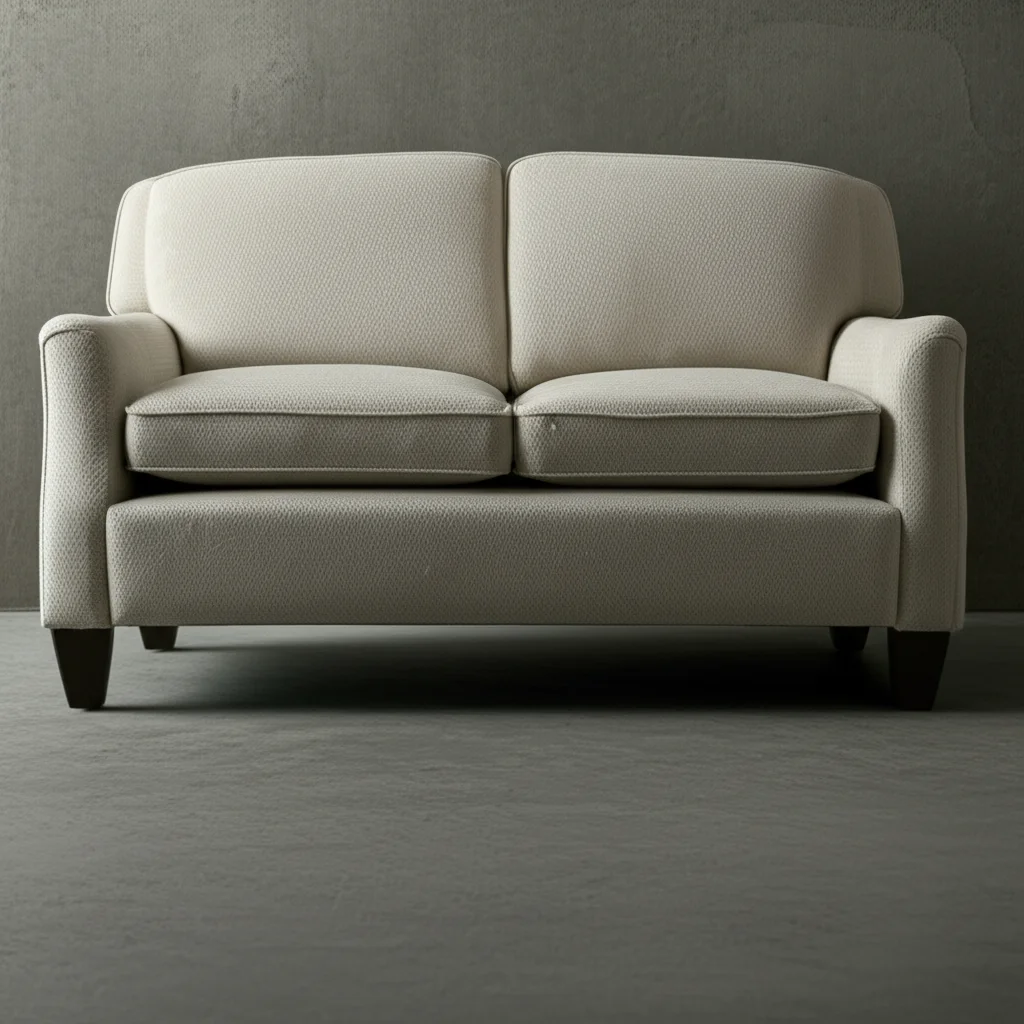· Todd Martin · Home Care & Cleaning · 17 min read
How To Clean Anti Fatigue Mats
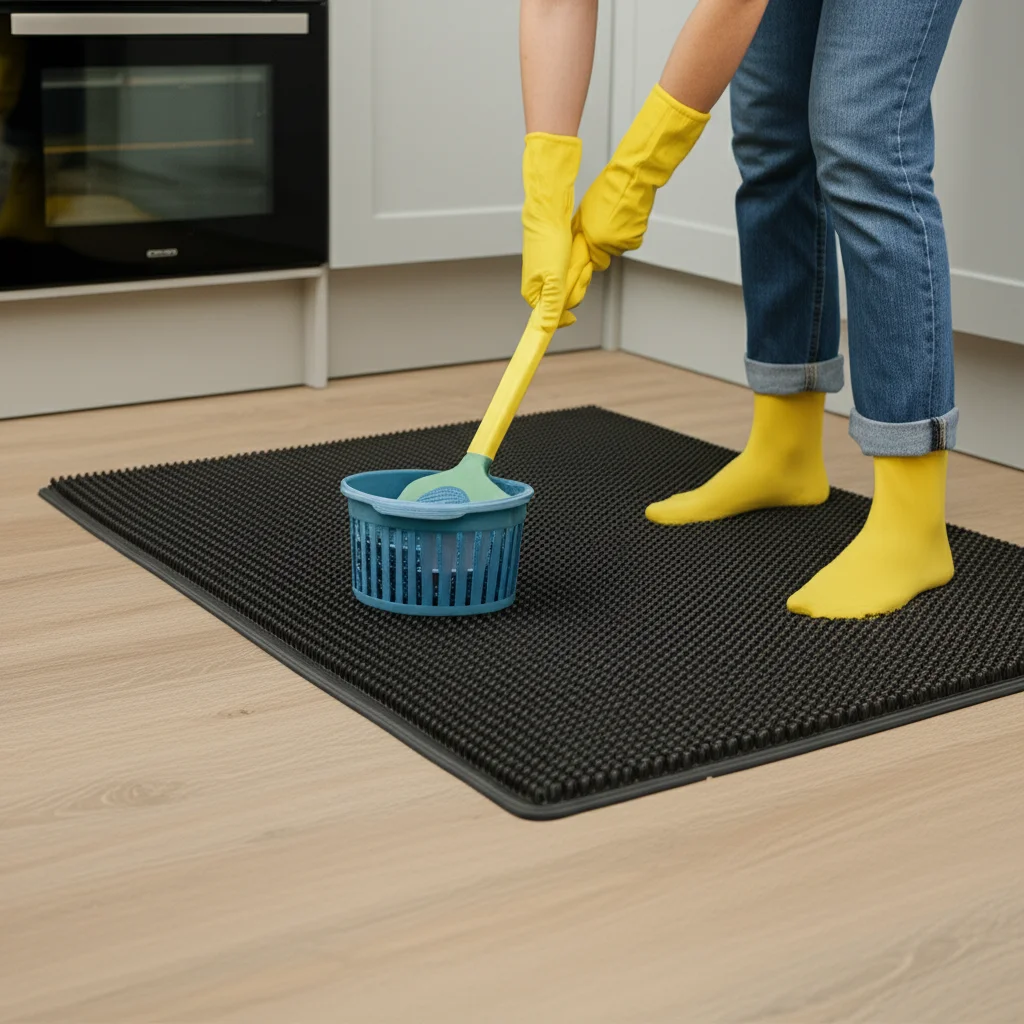
Unlock the Secrets to Cleaning Anti-Fatigue Mats
Standing for long hours can be tiring. This is where anti-fatigue mats come into play. They cushion your feet and back, making your time spent standing much more comfortable. But like any item in a high-traffic area, these mats collect dirt, grime, and spills.
Keeping them clean is important for hygiene and maintaining their effectiveness. A dirty mat looks bad and can harbor germs. Learning how to clean anti-fatigue mats properly extends their life and keeps your space hygienic. This guide will walk you through everything you need to know. We will cover different cleaning methods, stain removal, and regular maintenance practices.
Takeaway:
- Clean your anti-fatigue mat regularly to maintain hygiene and effectiveness.
- Match cleaning methods to your mat’s specific material.
- Address spills and stains promptly to prevent permanent damage.
- Use gentle cleaning solutions to avoid material degradation.
- Proper drying is crucial to prevent mold and mildew growth.
To clean anti-fatigue mats, first identify the material. Most require a simple wipe-down with mild soap and water. For deep cleaning, use a soft brush and a gentle cleanser, then rinse thoroughly. Always ensure the mat is completely dry before reuse to prevent mold and preserve its integrity.
Why Clean Anti-Fatigue Mats?
Anti-fatigue mats are very useful. They support you while you stand for long periods. These mats are often in kitchens, offices, or workshops. Because of their location, they get dirty fast. Dust, food crumbs, spills, and even germs can accumulate on their surfaces.
Regular cleaning is not just about looks; it is about health. Dirty mats can become a breeding ground for bacteria and mold. This is especially true in humid environments like kitchens. A clean mat helps maintain a hygienic environment. It prevents the spread of germs in your home or workplace.
Cleaning also keeps the mat working well. Dirt and grit can break down the mat material over time. This makes the mat lose its cushioning properties. A well-maintained mat stays comfortable and supportive for longer. It protects your investment. So, cleaning anti-fatigue mats is a key part of their care.
Ignoring cleaning leads to foul odors and unsightly stains. These mats are designed for comfort, but a dirty mat defeats the purpose. A clean mat provides a pleasant and safe standing surface. Make cleaning a regular part of your routine. This will ensure your mat remains a helpful tool.
Understanding Anti-Fatigue Mat Materials
Before you clean your anti-fatigue mat, you must know its material. Different materials require different cleaning approaches. Most anti-fatigue mats are made from specific materials designed for durability and comfort. Understanding these materials helps prevent damage during cleaning. It also ensures effective stain removal.
Common Mat Materials:
- Polyurethane Foam: This is a very popular material. It offers good cushioning and is lightweight. Polyurethane mats are usually easy to clean. They resist water absorption well.
- Rubber: Rubber mats are extremely durable. They are great for high-traffic areas and industrial settings. Rubber can be sensitive to certain harsh chemicals. You should use mild cleaners on them.
- PVC (Polyvinyl Chloride): PVC mats are often cost-effective and versatile. They offer good support and are easy to wipe down. Some PVC mats might become brittle if exposed to strong solvents.
- Gel-Filled: These mats have a soft gel layer inside. The outer layer is often rubber or PVC. You clean the outer surface like you would a standard rubber or PVC mat. You must avoid puncturing the gel layer.
- Memory Foam: Memory foam mats contour to your feet. They are very comfortable for standing. These mats often have a fabric cover. The cover might be removable and washable.
Each material has unique properties. For instance, rubber mats can withstand more scrubbing than foam mats. Foam mats might absorb liquids if not properly sealed. Always check the manufacturer’s cleaning instructions if available. This information provides the best guidance for your specific mat. Using the wrong cleaner can ruin your mat. It can make it less effective or even unsafe. Being aware of the material type is the first step in successful anti-fatigue mat cleaning.
Daily and Weekly Anti-Fatigue Mat Cleaning Routines
Maintaining your anti-fatigue mat does not have to be a big chore. Regular, light cleaning keeps dirt from building up. This proactive approach saves you time and effort in the long run. It also helps your mat last longer and look better. Establishing a simple routine makes cleaning anti-fatigue mats easy.
Daily Cleaning Steps:
- Wipe Down Spills Immediately: Accidents happen. If you spill something on your mat, clean it up right away. Use a paper towel or a clean cloth to blot the spill. This prevents liquids from soaking in and staining.
- Quick Sweep or Vacuum: At the end of each day, quickly sweep or vacuum the mat. Use a broom or a handheld vacuum to remove loose dirt and crumbs. This stops abrasive particles from scratching the surface. It also keeps dirt from being tracked around your space.
- Spot Clean: If you notice a small spot or smudge, address it. Dampen a soft cloth with warm water. Gently wipe the affected area. Avoid harsh scrubbing on daily spots.
Weekly Cleaning Steps:
- Vacuum Thoroughly: Once a week, give your mat a more thorough vacuuming. Use the hose attachment to get into any crevices or textured areas. Ensure you remove all embedded dirt and debris.
- Wipe with Mild Soap Solution: Prepare a mixture of warm water and a few drops of mild dish soap. Dampen a clean microfiber cloth with this solution. Wipe down the entire surface of the mat. Focus on areas with visible grime. Do not soak the mat. This prevents water from penetrating the material.
- Rinse and Dry: After cleaning with soap, wipe the mat again with a clean cloth dampened only with water. This removes any soap residue. Then, allow the mat to air dry completely. Hang it up or lay it flat in a well-ventilated area. Make sure both sides are dry. You can also follow similar steps when you wash bathroom mats in a washer, although anti-fatigue mats are usually not machine washable. Thorough drying prevents mold and mildew. This also helps keep the mat from losing its shape or slipping. If you clean bath mats with suction cups, you know how important drying is.
By following these simple daily and weekly steps, your anti-fatigue mat will remain clean and effective. Consistent care is the key to longevity.
Deep Cleaning Anti-Fatigue Mats: Step-by-Step
Sometimes, your anti-fatigue mat needs more than just a quick wipe. A deep clean can revive its appearance and thoroughly sanitize it. This process is great for mats in busy areas or those that have accumulated significant dirt. Plan for a deep clean every few months or as needed.
Materials You Will Need:
- Mild dish soap or a specialized mat cleaner
- Warm water
- Soft-bristle brush or sponge
- Microfiber cloths
- Bucket
- Vacuum cleaner (with hose attachment)
- Optional: Baking soda for odor control, white vinegar for disinfectant. You can learn more about how to clean with vinegar and baking soda for various household tasks.
Deep Cleaning Steps:
- Prepare the Area: Move the anti-fatigue mat to a suitable cleaning area. A utility sink, bathtub, or outdoor patio works well. Ensure the surface is easy to clean afterward. This prevents spreading dirt.
- Vacuum the Mat: Start by thoroughly vacuuming both sides of the mat. Use a powerful vacuum cleaner with a hose attachment. This step removes all loose dirt, dust, and debris. It makes the washing process more effective.
- Create Cleaning Solution: Fill a bucket with warm water. Add a small amount of mild dish soap. Stir until suds form. You can also use a specialized cleaner if recommended by the mat manufacturer. Avoid harsh chemicals or abrasive cleaners. These can damage the mat’s material.
- Scrub the Mat: Dip your soft-bristle brush or sponge into the cleaning solution. Gently scrub the entire surface of the mat. Work in small sections. Pay extra attention to any dirty or stained areas. Do not apply too much pressure. This can damage the mat’s texture. For textured mats, ensure the bristles reach into the grooves. This dislodges embedded dirt.
- Rinse Thoroughly: This step is crucial. Rinse the mat completely with clean water. You can use a shower head, a hose, or continually refresh water in a bucket. Ensure all soap residue is gone. Leftover soap can attract more dirt and leave a sticky film. Rinse until the water runs clear. If you have cleaned other items like how to clean a rug with a pressure washer, you understand the importance of thorough rinsing.
- Dry Completely: This is the most important step for preventing mold and mildew. Hang the mat over a clothesline or lay it flat in a well-ventilated area. Ensure good airflow on both sides. Depending on the mat’s thickness and material, drying can take several hours or even a full day. Do not place the mat back on the floor until it is completely dry. Moisture trapped underneath can damage both the mat and your flooring. You should always ensure mats are completely dry to prevent sliding issues, similar to how you would keep anti-fatigue mats from sliding.
By following these deep cleaning steps, your anti-fatigue mat will be fresh, clean, and ready to provide comfort once more.
Tackling Stubborn Stains on Anti-Fatigue Mats
Stubborn stains can be frustrating, especially on a mat you rely on daily. Whether it is a coffee spill, grease splatter, or a tracked-in muddy footprint, prompt action is key. Different types of stains respond best to specific cleaning approaches. Here is how to tackle common stubborn stains on your anti-fatigue mat.
General Stain Removal Tips:
- Act Quickly: The sooner you address a stain, the easier it will be to remove. Fresh stains are less likely to set into the mat material.
- Blot, Don’t Rub: Always blot liquid spills with a clean cloth or paper towel. Rubbing can spread the stain. It also pushes the stain deeper into the mat fibers.
- Test in an Inconspicuous Area: Before applying any cleaning solution, test it on a small, hidden part of the mat. This ensures the solution does not discolor or damage the material.
Specific Stain Solutions:
- Grease and Oil Stains:
- Method: Sprinkle a generous amount of baking soda or cornstarch over the grease stain. These powders absorb oil.
- Process: Let the powder sit for at least 15-30 minutes, or longer for older stains. The powder will absorb the oil.
- Cleanup: Gently brush or vacuum up the powder. Then, clean the remaining stain with a solution of mild dish soap and warm water. Wipe with a clean, damp cloth. Rinse and dry thoroughly. This is similar to how you might clean grease off stainless steel.
- Food and Beverage Stains (Coffee, Wine, Juice):
- Method: Blot the excess liquid. Then, use a mixture of mild dish soap and warm water. For tougher stains, a diluted solution of white vinegar (1 part vinegar to 1 part water) can be effective.
- Process: Apply the soap or vinegar solution to a clean cloth. Gently dab the stain. Work from the outside of the stain inwards to prevent spreading.
- Cleanup: Rinse the area with a cloth dampened with plain water. Ensure no residue remains. Dry completely.
- Mud and Dirt Stains:
- Method: Allow the mud to dry completely. This makes it easier to remove.
- Process: Once dry, scrape off as much solid dirt as possible with a dull knife or a stiff brush. Then, vacuum the area to remove loose particles.
- Cleanup: Wipe the remaining stain with a cloth dampened with mild soap and water. Rinse with plain water and dry.
- Scuff Marks:
- Method: Often caused by shoes, scuff marks can be tricky. Try using a clean pencil eraser first.
- Process: Gently rub the eraser over the scuff mark. The friction helps lift the mark.
- Cleanup: If the eraser does not work, a very small amount of rubbing alcohol on a cloth can sometimes remove it. Test this carefully first. Wipe with a clean, damp cloth afterward.
Always ensure the mat is completely dry before placing it back on the floor. Proper stain removal helps your anti-fatigue mat look newer for longer.
Disinfecting Your Anti-Fatigue Mats
Beyond just cleaning, disinfecting your anti-fatigue mat is important for hygiene. Mats, especially in kitchens or workshops, can collect germs and bacteria. Regular disinfection kills these microorganisms. This ensures a healthier standing surface for you and others. Disinfecting does not replace cleaning; it complements it.
When to Disinfect:
- Weekly or Bi-Weekly: For mats in high-traffic areas or environments where food is prepared.
- After Illness: If someone in your household has been sick, disinfect mats they might have touched.
- After Major Spills: Especially spills of food or biological matter.
Disinfection Methods:
Mild Bleach Solution (for rubber/PVC mats):
- Preparation: Mix 1/4 cup of bleach with one gallon of water. Use gloves and work in a well-ventilated area. This solution is potent. It should only be used on bleach-safe materials like rubber or PVC. Always test a small, hidden area first.
- Application: Dampen a clean cloth with the bleach solution. Wipe down the entire surface of the mat. Ensure good contact with the solution.
- Contact Time: Allow the solution to sit on the mat for at least 5 minutes. This gives the disinfectant time to work.
- Rinsing: Rinse the mat thoroughly with clean water. Remove all bleach residue. This is crucial to prevent material damage.
- Drying: Dry the mat completely in a well-ventilated area.
White Vinegar Solution (for foam/gel mats and a gentler option):
- Preparation: Mix equal parts white vinegar and water in a spray bottle. White vinegar is a natural disinfectant. It is safer for a wider range of mat materials, including foam and gel. It also helps with odor control.
- Application: Lightly spray the entire surface of the cleaned mat with the vinegar solution. Ensure even coverage.
- Contact Time: Let the solution sit for 5-10 minutes. The acetic acid in vinegar works to kill germs.
- Rinsing: Wipe the mat with a clean, damp cloth to remove excess vinegar. A light vinegar smell will dissipate as it dries. You can learn how to clean shower doors with vinegar for similar applications.
- Drying: Allow the mat to air dry completely before returning it to its place.
Hydrogen Peroxide Solution (for general disinfection):
- Preparation: Use 3% hydrogen peroxide directly in a spray bottle, or dilute it with equal parts water. Hydrogen peroxide is a powerful disinfectant. It is effective against many pathogens.
- Application: Spray the cleaned mat surface evenly.
- Contact Time: Allow it to sit for about 10 minutes. You might see a slight bubbling action, which indicates it is working.
- Rinsing: Wipe down the mat with a clean, damp cloth.
- Drying: Ensure the mat is thoroughly dry before use.
Important Considerations:
- Ventilation: Always disinfect in a well-ventilated area.
- Gloves: Wear gloves to protect your hands, especially with bleach.
- No Mixing: Never mix bleach with other cleaners, especially ammonia-based products. This creates dangerous fumes.
- Read Labels: Always check manufacturer guidelines for your specific mat material. Some mats might be sensitive to even mild disinfectants.
Disinfecting your anti-fatigue mat ensures a cleaner, healthier standing surface. It adds another layer of protection against germs.
Maintaining and Protecting Your Anti-Fatigue Mats
Cleaning your anti-fatigue mat is vital. However, regular maintenance and protection also play a key role in its longevity. Proper care extends the life of your mat. It ensures it continues to provide comfort and support for years to come. Preventing damage is always easier than repairing it.
Tips for Mat Longevity:
- Regular Rotation: If you have multiple mats or a large mat used in sections, rotate it periodically. This helps distribute wear evenly. It prevents one area from breaking down faster than others. This is especially useful in areas with concentrated standing.
- Avoid Sharp Objects: Keep sharp objects away from your mat. Knives, dropped tools, or even high heels can puncture or tear the mat’s surface. Punctures compromise the integrity of the mat. They can also lead to water seeping inside, causing mold or material breakdown.
- Protect from Direct Sunlight and Extreme Temperatures: Prolonged exposure to direct sunlight can cause certain mat materials, like PVC or foam, to degrade. It can lead to fading, cracking, and loss of flexibility. Extreme heat or cold can also affect the material’s performance. Store mats indoors and away from direct heat sources.
- Use a Mat Pad (if applicable): Some thinner anti-fatigue mats might benefit from a non-slip rug pad underneath. While not primarily for anti-fatigue function, it can prevent the mat from sliding. This reduces wear and tear from constant movement. It also prevents dirt from accumulating underneath. For insights into keeping mats from sliding, you can check out how to keep anti-fatigue mats from sliding.
- Lift, Don’t Drag: When moving your mat, always lift it. Dragging can cause scuffs, tears, or damage to the edges. This is especially true on rough surfaces. Lifting helps maintain the mat’s shape and prevents unnecessary wear.
- Address Spills Immediately: This cannot be stressed enough. Immediate cleanup of spills prevents stains and liquid absorption. Liquids can degrade the mat’s core. They can also promote mold growth.
- Store Properly: If you need to store your anti-fatigue mat, do so correctly. Roll it loosely, do not fold it. Folding can create creases or cracks in the material. Store it in a cool, dry place. Avoid placing heavy objects on top of it.
- Avoid Harsh Chemicals: Stick to mild, pH-neutral cleaners. Harsh chemicals, strong solvents, or abrasive cleaners can break down the mat’s material. They can remove protective coatings. This leads to premature aging and reduced effectiveness. Always check the manufacturer’s recommendations.
By following these maintenance and protection tips, your anti-fatigue mats will remain supportive and durable. They will provide comfort for years to come. A little proactive care goes a long way.
FAQs About Cleaning Anti-Fatigue Mats
Q1: Can I put my anti-fatigue mat in the washing machine?
No, you generally should not put anti-fatigue mats in a washing machine. Most anti-fatigue mats are made of foam, gel, or rubberized materials. Machine washing can damage their core structure. It can cause them to warp, tear, or lose their cushioning properties. Always hand wash or spot clean these mats. You might machine wash some bathroom rugs, but anti-fatigue mats are different.
Q2: What is the best cleaner for anti-fatigue mats?
The best cleaner for anti-fatigue mats is usually a mild dish soap mixed with warm water. This solution is gentle yet effective for most common spills and dirt. For specific stains like grease, baking soda can be very helpful. For disinfection, a diluted white vinegar solution or hydrogen peroxide is good. Avoid harsh chemicals or abrasive cleaners.
Q3: How often should I clean my anti-fatigue mat?
You should clean your anti-fatigue mat regularly. Daily spot cleaning for spills and loose debris is ideal. A weekly wipe-down with mild soap and water is also recommended. Deep cleaning should happen every few months or as needed. This depends on how much it is used and how dirty it gets.
Q4: How do I remove odors from my anti-fatigue mat?
To remove odors, first clean the mat thoroughly. After cleaning, you can spray a diluted white vinegar solution on the mat. Let it sit for a few minutes, then wipe it off. White vinegar is a natural deodorizer. Alternatively, sprinkle baking soda over the mat, let it sit for several hours or overnight, then vacuum it up. Both methods absorb odors effectively.
Q5: Can I use a steam cleaner on my anti-fatigue mat?
It is generally not recommended to use a steam cleaner on anti-fatigue mats. The high heat and moisture from steam cleaners can potentially damage the mat’s material. This is especially true for foam or gel-filled mats. It can cause delamination or a loss of cushioning. Stick to recommended cleaning methods like mild soap and water.
Q6: What should I do if my mat gets mold or mildew?
If your mat develops mold or mildew, clean it immediately. Use a solution of equal parts white vinegar and water, or a very diluted bleach solution (1/4 cup bleach to 1 gallon water) for rubber/PVC mats. Scrub the affected area with a brush. Rinse thoroughly and dry the mat completely in a well-ventilated area. Ensuring complete dryness is crucial to prevent recurrence.
Conclusion
Keeping your anti-fatigue mats clean is a simple yet crucial task. These mats provide valuable comfort and support in your home or workspace. Neglecting their care means risking hygiene issues and premature wear. By following the straightforward steps outlined in this guide, you can ensure your mats remain effective and look great.
From daily upkeep to deep cleaning sessions and tackling stubborn stains, you now possess the knowledge to maintain your anti-fatigue mats. Remember to always consider the mat’s material and use gentle cleaning agents. Consistent care extends the lifespan of your mat. It also keeps your environment fresh and hygienic. Make cleaning anti-fatigue mats a regular part of your routine. This will help you enjoy the benefits of a comfortable and clean standing surface for years to come. Start implementing these tips today for a healthier, more comfortable space!


